AO Edited
Museum of the Old Bridge
Carefully reconstructed after the Bosnian War, this 16th-century bridge stands as a symbol of the country's enduring multicultural heritage.
Nearly 80 feet above the rushing waters of the Neretva River looms an iconic, hump-backed Ottoman bridge. The bridge, known as Stari Most, Old Bridge, or the Mostar Bridge, gave the city of Mostar its name nearly five centuries ago. Hidden up a flight of stone steps in one of the bridge’s old defensive towers, the Museum of the Old Bridge documents the bridge’s long history.
Sometime in the fifteenth century, a wooden bridge was built across the river. But as the town slowly grew in importance and became a crucial trading link between the Adriatic Sea and the interior, a stronger bridge was called for. In 1557, Ottoman Sultan Süleyman I commissioned a stone bridge to be built. Hayreddin, an esteemed Ottoman architect, designed the bridge, which took a total of nine years to complete. The imposing stone bridge, known as Stari Most or “Old Bridge,” is almost 100 feet long and some 13 feet wide.
On November 9, 1993, during the Bosnian War, bombs purposefully destroyed the historic bridge, which has long stood as a symbol of the region’s multiculturalism. An international movement to reconstruct the bridge soon began, and on July 23, 2004, the reconstructed “new” Old Bridge was unveiled.
The Museum of the Old Bridge, also known as the Old Bridge Museum, tells the bridge’s history. Filled with informative panels and relics, the museum is laid out over multiple floors. Windows on the top floor offer panoramic views of the city. Knowledgeable guides are available and eager to answer questions about the bridge’s history. Underground, the museum offers in-depth walk-throughs of the bridge’s archaeological ruins and a gallery expaining the bridge’s restoration following the war.

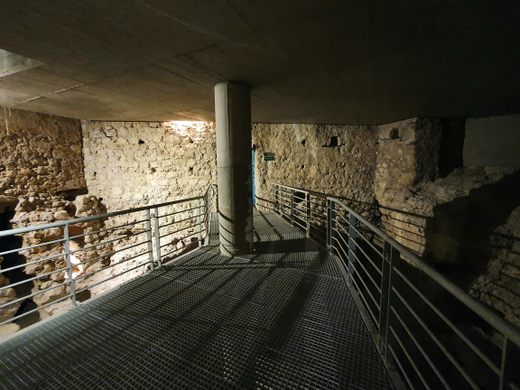
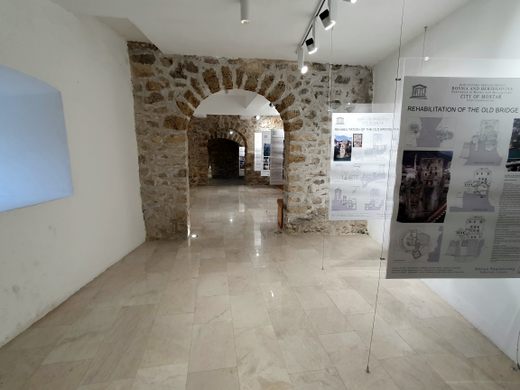
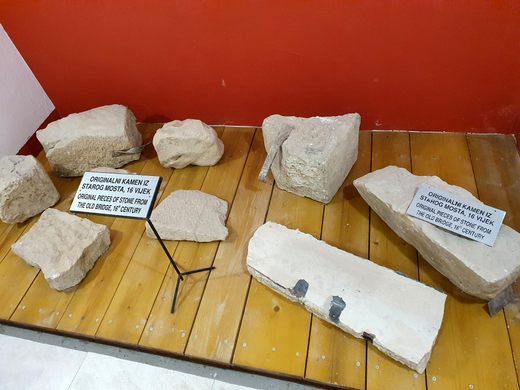
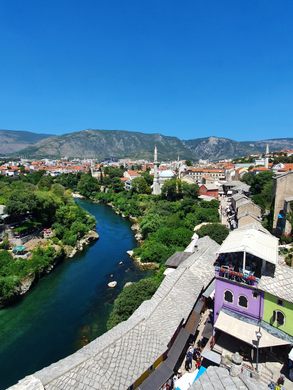





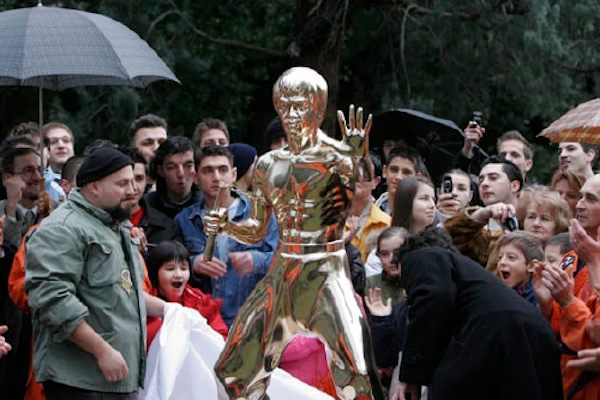



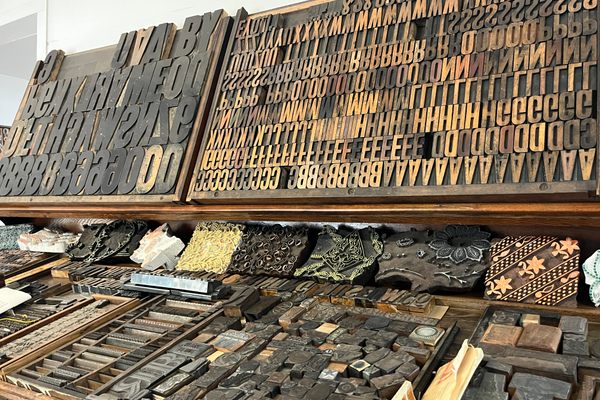



Follow us on Twitter to get the latest on the world's hidden wonders.
Like us on Facebook to get the latest on the world's hidden wonders.
Follow us on Twitter Like us on Facebook